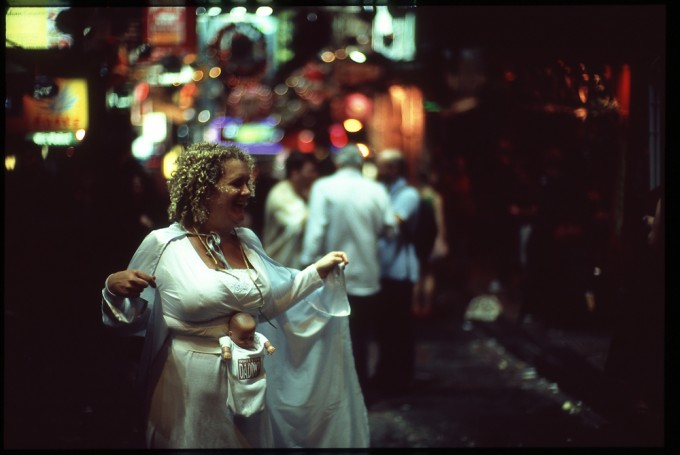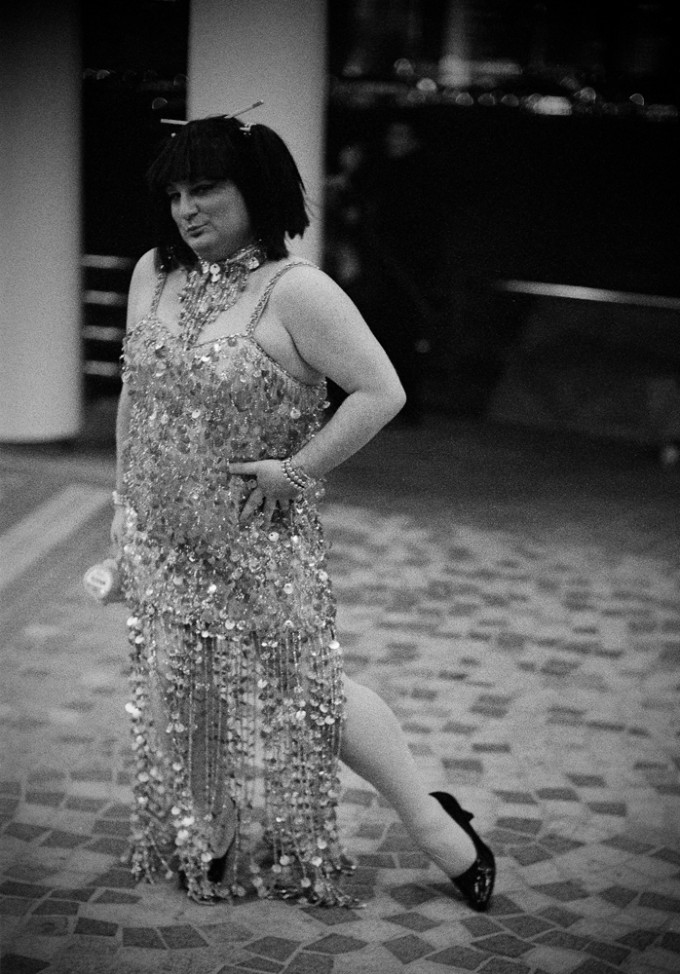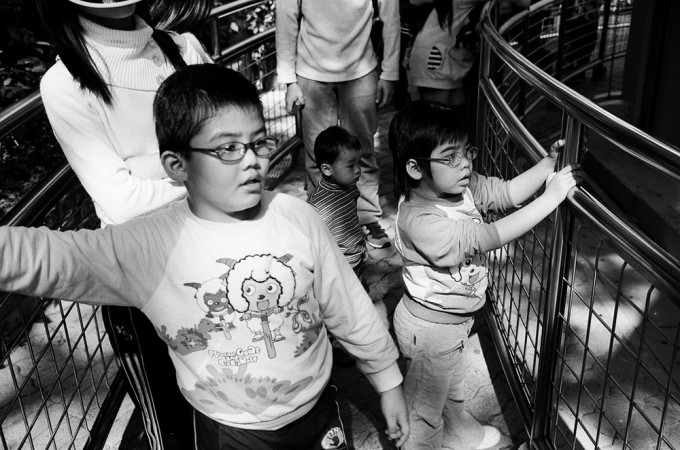Hey guys! This Daily Inspiration was sent to me almost a YEAR ago on December 30th 2009. Yes, I have HUNDREDS of submissions that go back to a year ago and I was browsing some of the images and there are so many great shots that have been sent in to me over the past year! I thank all of you for the submissions and hope to see more in 2011. Anyway, enjoy this new-old set of images from Issa Ng! – Steve
–
Dear Steve,
I am submiting 3 of my recent photo collections. My name is Issa Ng from Hong Kong.
Details of photos:
1st: Leica MP Hammertone with Noctilux E58 and Fujifilm Velvia 100 pushed to 200
2nd: Leica M3 with Noctilux E58 and Tmax P3200 pulled to 800
3rd: Leica MP hammertone with Summilux-M 35 ASPH and Rollei Retro100S
My flickr: http://www.flickr.com/photos/issa918/
Wish any of these photos will be qualified to your standard. 🙂 BTW, love your site so much and check it out everyday!
Happy new year!
cheers,
issa
–
–
–





Thanks Max, interesting and informative as always.
Thanks a lot, Steve!!!!
Also thanks for the kind comment from all of you. Merry Christmas!
Thanks Max and Stephen! And Issa too!
Merry Christmas!
Nice images, Issa!
BTW, in the case of P3200, “pulling” is not quite the right term. The emulsion’s native speed is actually around 1000ISO so, shooting it @ 800, one would be in its sweet spot territory, where shadows still have detail and contrast is quite good (depending on lighting condition, development, etc). The film “pushes” well to 3200. I frankly think one would be better off shooting Tri-X at 800-1000 and develop accordingly, and shoot P3200 @ 1600 with development in TMAX developer or Ilford DDX to gain at least full rated speed. Metering for 3200 would obviously be in those situations where it is badly needed. BTW, with a ND filter in front of it to shoot during the day, P3200 can give a real nice “film noir” look with the right subject matter.
Thanks Max, interesting and informative as always.
the few times ive pushed trix 400 it turns out beautifuly. Pushing neopan today to 1600 , shall soon see.
No problem. Speaking of C 41, C 41 is a pretty amazing type of film. Why? Because it is quite flexible. Flexible? Well, basically. If you take C 41 film that is rated at 200 ISO, for example Superia 200, and when you start shooting the light is lower than you thought, set the iso dial on your camera to 400 (also known as ‘pushing’ the film one stop) and carry on shooting, you will be fine and you can still have it developed normally at the lab/drug store. How come?
Surely it would be under exposed and surely one would need to tell the lab to over develop in order to balance the under exposure of one stop? Nope. Normal processing will still be ok and you will get a pretty decently exposed negative. Why? C 41 is very flexible when it comes to exposure (very different to E 6 slide film for example where the exposure has to be spot on). Basically it is difficult to get the exposure wrong with C 41 if you are off by 1 or 2 stops. This is what they mean when they say that a film has a lot of “latitude”.
The amazing thing about C 41 is that you can change the ISO you are using within the same roll of film (!). What? Yes, shoot 4 frames at 200, a few at 100 when the sun gets brighter and the at 400 in the evening and just hand in to the lab and say nothing about what you have been up to and guess what, pretty much certainly, all your shots will be fine 🙂
I have shot a roll of Reala 100 at 100, 200, 50, 25 and even 12 within the same roll and all were ok in terms of exposure (ok, the 12 maybe a little too far but actually was not bad). C 41 – great film for pushing and pulling within a few stops 🙂
Thanks again!!
I’ve never really thought to try this, I was too afraid that it would throw the other frames out of whack.
Just last week I was in a situation where I only had ISO 400, the light was harsh bright, we were shooting outside, but I wanted to get background blur, but wasn’t able to go wider than f5.6.
Will definately remember to try this next time.
Last week in the studio, lights were set for f8, which is what I used for my d300s, pulled out some 160 speed portra, shot anywhere from f8 to f1.4, thats 5 stops over, all came out good. The 1.4 a little off of course, but for 5 stops over, almost perfect. My d300s at 2 stops over looks much worse then c41 at 5.
Also bnw film can be shot 8 stops over and still be perfectly fine (relatively)
@ Armanius. Yes, if you developed it normally. The trick is to pull the processing though. If you look at development times for a particular type if film it will say for example: if the film is rated 400 on the box, develop for 6 minutes at 20 degrees for correct development. Now if you buy the same film type and it has say 800 on the box, it will also say you have to develop for say 10 minutes at 20 degrees. Both are correct for the films used. Now, you might load some 800 film and go shooting expecting some low light conditions but it turn out to be brighter than you thought so everything you try and shoot requires stopping down loads and you can’t get any shallow depth of field shots (assuming you needed/wanted to). How to solve this?
You pull the film and shoot it at 400 rather than 800. Now given normal development (for 10 minutes) this would be over exposed (as you correctly point out). So, to counter this, you under develop and develop for 6 minutes. This balances the situation and you get a properly exposed negative. The trick is, if you over expose (pull) then under develop. If you under expose (push) then over develop.
Thanks Stephen! Haven’t quite gotten to the developing part yet. Still just using C41 stuff. 🙂 But one day … it will come!
I’m a random reader appreciating your explanation and in a similar boat as “armanius” in that we are just using C41 at the moment and developing is with the local lab.
May I also ask if all these pulling and pushing has any negative affect on the negative’s image quality?
I am hoping for a “no”, but somehow I think it’s a “yes”; I think like most things in life, usually you don’t get anything for free and these pulling and pushing sounds too good to be true if it does not have a side affects.
Thanking you.
Overexpose, underdevelop: lower contrast than normal, finer grain, correct end result. Use in high contrast conditions.
Underexpose, overdevelop: higher contrast than normal, coarser grain, correct end result. Use in low contrast conditions.
@Foggerty – if it helps to pull down, then there’s an advantage right? What would be it? If you set the camera at 800 on a 3200 film, wouldn’t that lead to overexposure? Thanks for the help. I’m still trying to figure out film.
@ Armanius
Like the iPad learning Nocti language. 😉
Film rocks, thanks for posting!
“Can anyone explain the advantages of using a faster film and pulling it down?”
There is no advantage. But if that is the film you have currently loaded and cant / wont change, then pulling will help you out.
Love the first photo! Noctilux bokeh is always so creamy.
Can anyone explain the advantages of using a faster film and pulling it down?
On an unrelated topic, this is the first time that I noticed that my iPad automatically completed the word Noctilux for me!